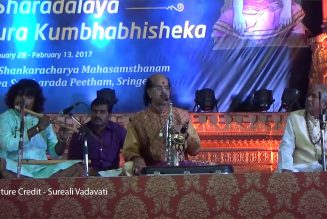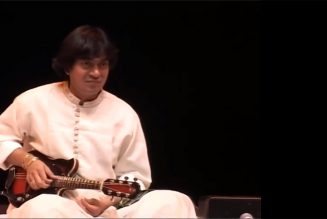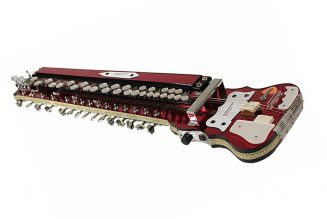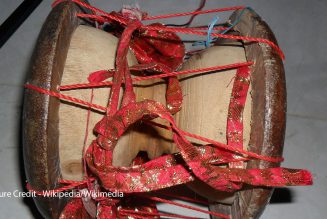Hammered Dulcimer is a percussion, stringed Musical Instrument, traditionally played in India, Iraq, Iran, China, Korea, Southwest Asia and few other countries. It consists of strings, typically stretched over a trapezoidal sound board that resonates.
The Dulcimer usually consists of two bridges – a Bass Bridge on the right and Treble Bridge on the left side. The Bass strings are played to the left of the Bridge and the Treble strings can be played on either side of the Treble Bridge. Dulcimer is available in various sizes depending upon the number of strings. Typically, a 15/14 Dulcimer has 15 strings crossing the Treble Bridge and 14 crossing the Bass Bridge. It can span three Octaves. The strings of Dulcimer are found in pairs – two strings for each note. Each set of strings is tunes in unison and called a Course. The strings of a Hammered Dulcimer are usually tuned according to a “Circle of Fifths” pattern. It is a way of organizing the 12 chromatic pitches as a sequence of Perfect Fifths in music theory.
The player holds a small spoon-shaped mallet hammer in each hand to strike the strings. The instrument is named as Hammered Dulcimer in reference to the small mallets that the players use to strike the strings. There are different variants and adaptations of Hammered Dulcimer, used extensively during Middle Ages in England, France, Italy, Germany, Netherlands and Spain.









